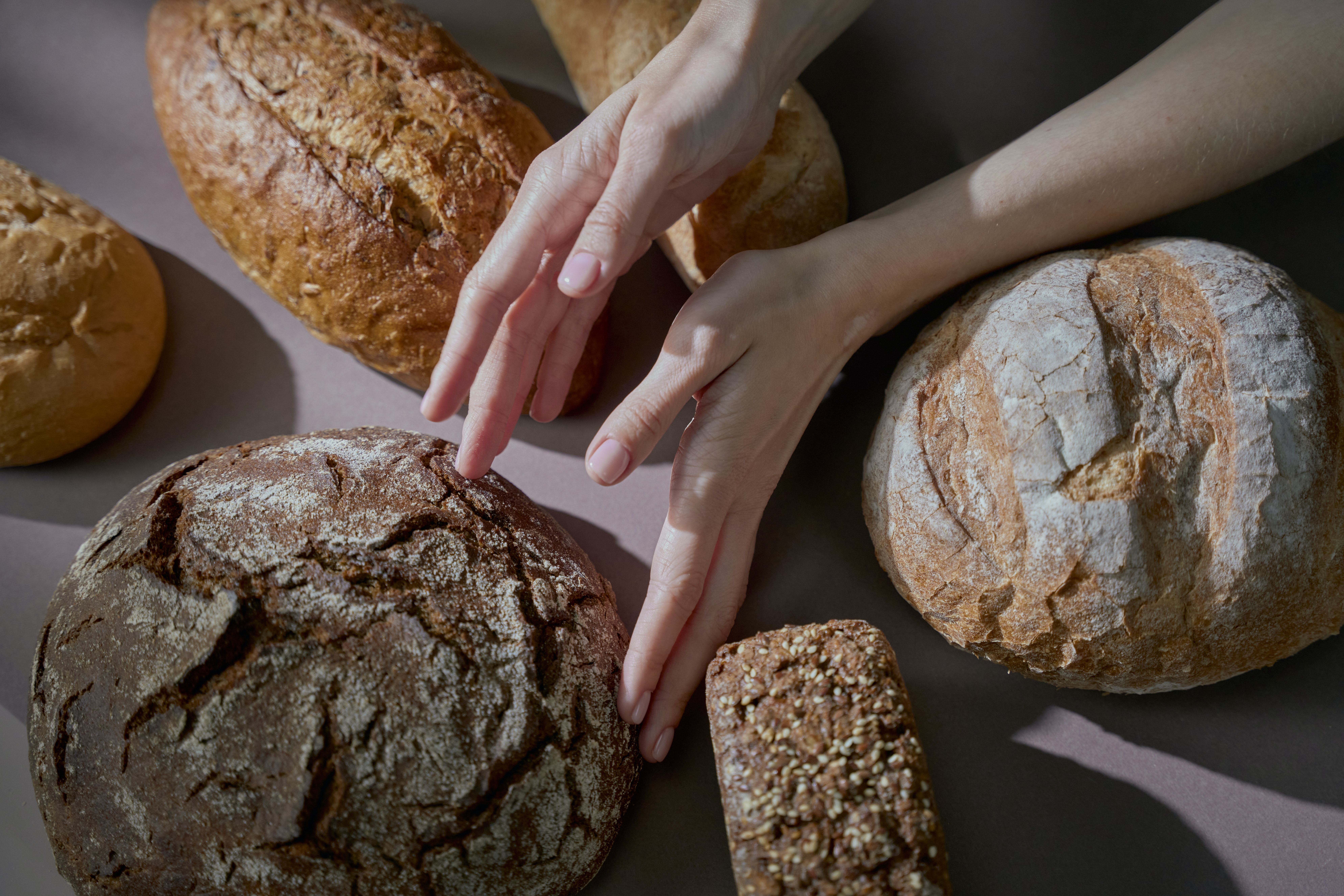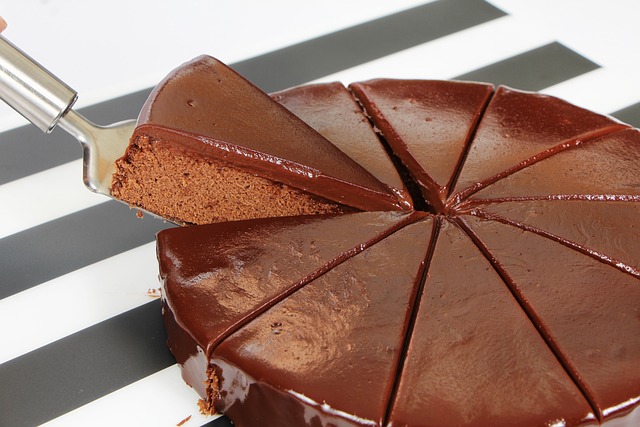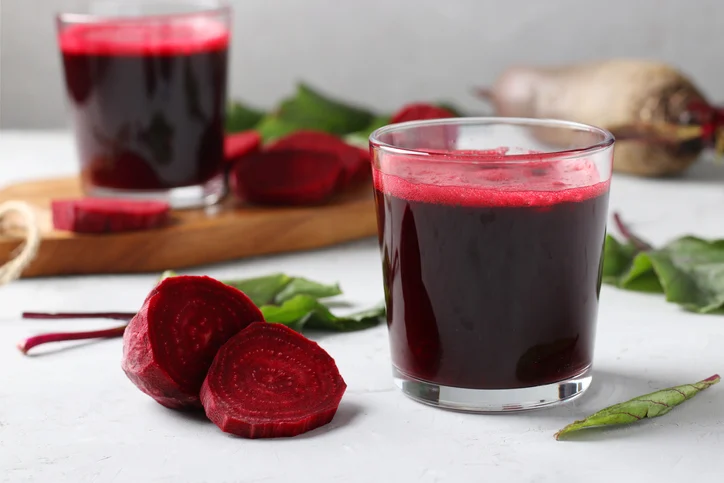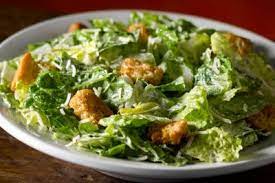If you just started baking and have concurred brownies, cookies, cupcakes and cakes, your next challenge, bakers should take on homemade sourdough bread! The process of making this bread is pretty different from traditional loaves of bread since it needs a ‘starter.’
Sourdough bread is one of the oldest forms of bread and is a staple of tons of cultures. But what makes this bread so different from the rest is that this goes through a fermentation process. Yes, fermentation but on for the ‘already’ baked bread but for its starter!
So if you’re curious how a sourdough starter is made, as well as the bread itself, we’ve whipped up a beginner-friendly recipe for you down below!
How is a sourdough starter made?
Sourdough is a ‘live’ starter, and what we mean by that is, the dough contains live fermented bacteria. This is something all bakers should know. A starter is made out of fresh flour and water, then left out to ferment as it cultivates a natural yeast found around the environment.
A sourdough starter takes about 7 days or more to make so to get you started as soon as possible, below is everything from how and what you’ll be needing:
What do I need to make a sourdough starter?
- ¾ large jar
- 60g (½ cup) whole wheat flour
- 60g (¼) warm water
- Unbleached all-purpose flour or bread flour
How do I make a sourdough starter?
Step 1 (day 1): Bakers, combine your 2 ingredients, your whole wheat flour and water in your large jar. Then grab a fork and mix until smooth. Note, it is normal if the mixture is pasty and thick. But you can add more water if the mixture is too stiff.
After, cover it with a clean cloth, plastic wrap or a lid. Then keep it in a warm area to rest like a spot near a window or so on. Around 75-80 F is ideal then keep it covered for 24 hours.
Step 2 (day 2): After 24 hours check on your starter to see if small bubbles start to form. Bubbles are a good thing and are something we want since it’s a sign that the dough is starting to ferment. But if you happen to not have bubbles on your dough, don’t worry! It’s normal to have bubbles dissolve. Repeat the same process by letting it rest yet again for 24 hours.
NOTE:
And bakers, if you happen to have brown liquid appear, this is what you call “hooch.” This will be an indicator that your starter needs to be “fed” and that means you need to add flour and water. But since it’s only the 2nd day, you can leave that and deal with it on the 3rd day.
Step 3 (day 3): Now it’s time to feed your starter. Simply pour out the hooch and proceed with the feeding. You should have roughly around 60g of starter remaining after removing and discarding about half of it. And during the discarding, use a spoon. It will have a highly elastic texture. Add 60g (1/4 cup) of warm water and 60 g (12 cup) of all-purpose flour. Till smooth, stir with a fork.
At this stage, the consistency should resemble thick pancake batter, so add additional water as necessary. For another 24 hours, cover and leave to rest in a warm area.
Step 4 (days 4, 5 and 6): On these days just keep on feeding your dough like you did on day 3. Half of the starting should be removed and discarded once again. The remaining starter should be fed 60g (12 cups) of all-purpose flour and 60g (1/4 cup) of warm water.
Your starter will rise as the yeast starts to grow, and bubbles will appear on the surface and everywhere throughout the culture. But if it falls, simply feed it again.
Step 5 (day 7): On this day you’ll notice your sourdough has doubled in size! To know if your starter is active, you’ll be able to notice tons of bubbles and the texture will either be fluffy or spongy. And on this day, your dough won’t smell foul but pleasant.
Transfer your starter to a clean and new jar and now it’s ready to be used to bake!
How is sourdough made?
Once you have your active starter, you can now start making your sourdough bread! So bakers, to get to the starter listed down below is everything you need and how to make it!
What do I need to make sourdough bread?
- 150g sourdough starter
- 250g water
- 25g olive oil
- 500g bread flour
- 10g fine sea salt
How do I make sourdough bread?
Step 1: Bakers, start off by combining your starter, water and olive oil in a large mixing bowl, ideally with a fork. After, add in your bread flour and salt. Use your hands to thoroughly combine the flour. After mixing your dough will feel rough and dry.
Then cover it with cloth, plastic wrap or a lid then let it set for about 30 minutes. After, knead the dough into a ball while in the bowl.
Step 2: This step is when you’ll let your dough rise. So cover the bowl once more after kneading and let it rest at room temperature around 68-70 F. This process of letting it rise can take around 3 to 12 hours.
Optional step: After 30 minutes of letting it rest, stretch and fold your dough to make it stronger, and add more height and structure to your baked sourdough bread.
Step 3: Lightly flour your countertop and place your dough. Now it’s time to cut! If you want to make one whole loaf, skip the cutting part, but if you want two or three loaves, cut it and start shaping. To shape your dough, start at the top and fold it over towards the centre. Turn it slightly then fold over the next section. Repeat this step until you get yourself a circle-formed dough.
Step 4: Next pick out a baking pot for your sourdough. It’s essential to get a good baking pot to amp up the chances of good-looking and tasty bread. To make artisan-type bread at home, you need a pot that holds heat and moisture.
A good pot aids in regulating the process of steam, which is essential for controlling how the bread might ‘bloom’ or open up when baking. Any oven-safe pot that can withstand temperatures of up to 450°F/232°C (which includes its cover and knobs) may be used.
Step 5: Now it’s time to let your dough rise the second time. So prepare for the second rise, generously cover the bottom of your baking pot with cornmeal and place your dough inside. Leave it to rise for about 30 to 1 hour.
You’ll know if your dough is ready when it isn’t dense and is puffy. In this step, don’t expect your dough to double in size.
Step 6: Preheat your oven to 450 F/232 C minutes before your second rise is ready. Then pull out your blade and score your dough! In this part, you can personalize your loaf so get creative! But if you want to go for a simple loaf, simply slash 2-3 inches on the centre of your loaf.
Step 7: Reduce the temperature of your pot to 400 F/204 C. Cover your baking pot with a lid then place it in the oven on the centre rack for 20 minutes. After 20 minutes, remove the lid and continue to bake for around 40 minutes more. It’ll be ready once it’s golden brown and the internal heat is around 205 to 210 F/96 to 98 C.
Let it cool on a wire rack for about an hour and you’re done! This is also perfect as present to friends, family and also fellow bakers!




